YouTube made several announcements at the annual VidCon convention in California on Thursday, covering VR, YouTube TV, new original series, and a number of changes coming to the YouTube web and app interface.
First up, YouTube announced a brand new high resolution video format called VR180 that it said would make VR content easier to create. VR180 works on both mobile and desktop, and focuses on what is in front of the viewer, allowing them to turn 90 degrees either side of their field of vision.
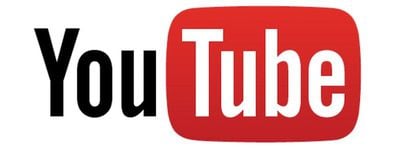
The videos transition to a VR experience when viewed with Google Cardboard, Daydream, and PSVR, which enable users to view the images stereoscopically in 3-D, where near things look near, and far things appear far.
For creators, you’ll be able to set up and film your videos the way you normally would with any other camera. And, soon, you'll be able to edit using familiar tools like Adobe Premiere Pro. From vlogs, to makeup tutorials to music videos - your videos will work great in VR.
But supporting the format is just the beginning. We want to make cameras that are easy to work with too. The Daydream team is working with several manufacturers to build cameras from the ground up for VR180. These cameras are not only great for creators looking to easily make VR content, but also anyone who wants to capture life’s highlights in VR. They will be as easy to use as point-and-shoot cameras, for around the same price. Videos and livestreams will be easy to upload to YouTube.
YouTube said that cameras were on the way from YI, Lenovo, and LG, with the first ones making their way onto the shelves this winter. The company is also opening up a VR180 certification program, with Z CAM announced as one of its first partners. Content creators can learn more and sign up for updates at vr.google.com/vr180.
Elsewhere, YouTube said it would be bringing an update to its mobile app in the coming weeks that would allow the interface to dynamically adapt to whatever video size is being watched, whether vertical, square, or horizontal, in order to make better use of screen space. It also said it would be making its mobile video sharing feature available in Latin America and across the U.S. over the next couple of weeks.
Moving on, YouTube said that in the next couple of weeks it would be expanding its YouTube TV service to ten more markets in the U.S., including Dallas-Fort Worth, Washington, D.C., Houston, Atlanta, Phoenix, Detroit, Minneapolis-St. Paul, Miami-Fort Lauderdale, Orlando-Daytona Beach-Melbourne and Charlotte.
The streaming television service that was first announced in late February before rolling out to five cities in early April. The service costs $35 and is already available in in the San Francisco Bay Area, Los Angeles, New York City, Philadelphia, and Chicago.
A new slate of YouTube Red originals were also announced on Thursday. The company shared details on 12 new projects coming to the ad-free, all-access $9.99 per month subscription model, bringing the number of original series and movies launched on YouTube Red to 37.
Finally, the Google-owned video hub took the opportunity to reveal that 1.5 billion users now log in to YouTube every single month – the equivalent of one in every five people around the world. It said that, on average, viewers spend over an hour a day watching YouTube on mobile devices alone.


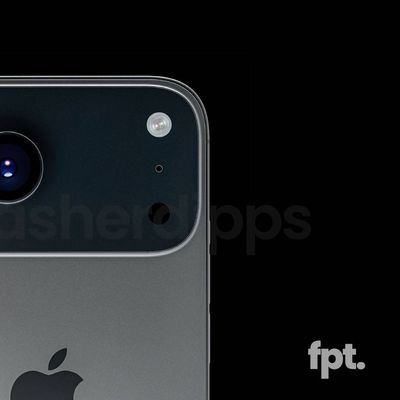




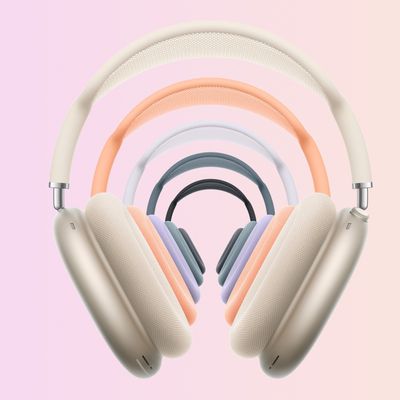

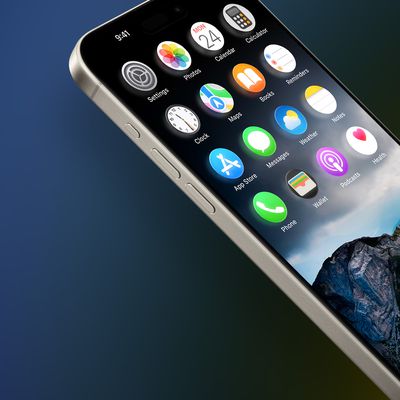









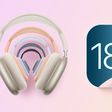

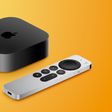

Top Rated Comments
Not needing to copy the URL into some other webpage or app for this kind of functionality would be most welcomed!
Pretty sure the only reason you can do this is because HTML5 in Safari. They've been using HTML5 formatted video to feed to the iPhone dating back to the original YouTube app in 2007. That's why you could only watch certain videos on the iPhone as they were being converted. If it was Flash you wouldn't be able to see it on your iOS devices at all. YouTube just likes to replace the interface elements with their own. But Safari overrides it with the double right click.
At least in iOS 11 you can do a shoddy PIP with your slide over app, which is marginally better than having it docked to the side previously because you can swipe it back and forth to either side while working in the main app, but it's kind of tall and blocks more of the display. Better than what we've got now, though.